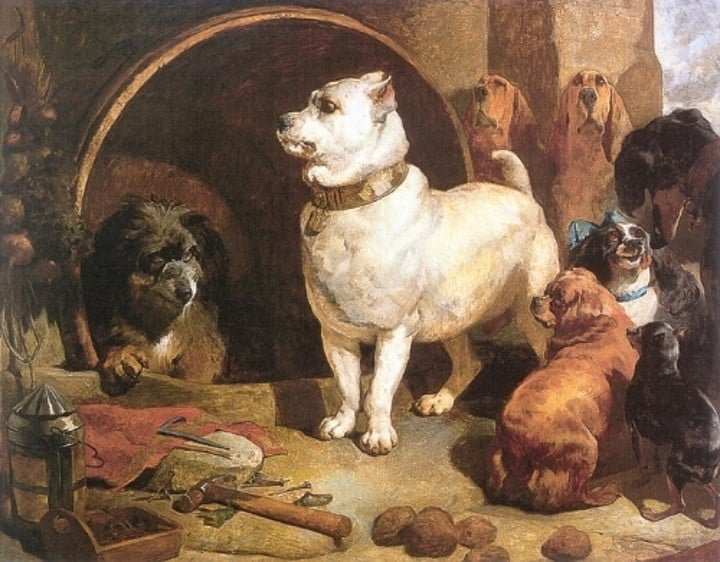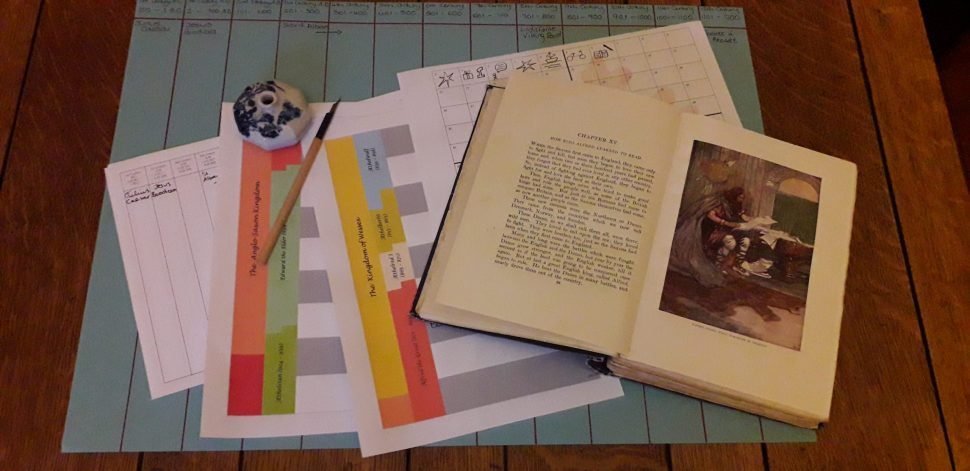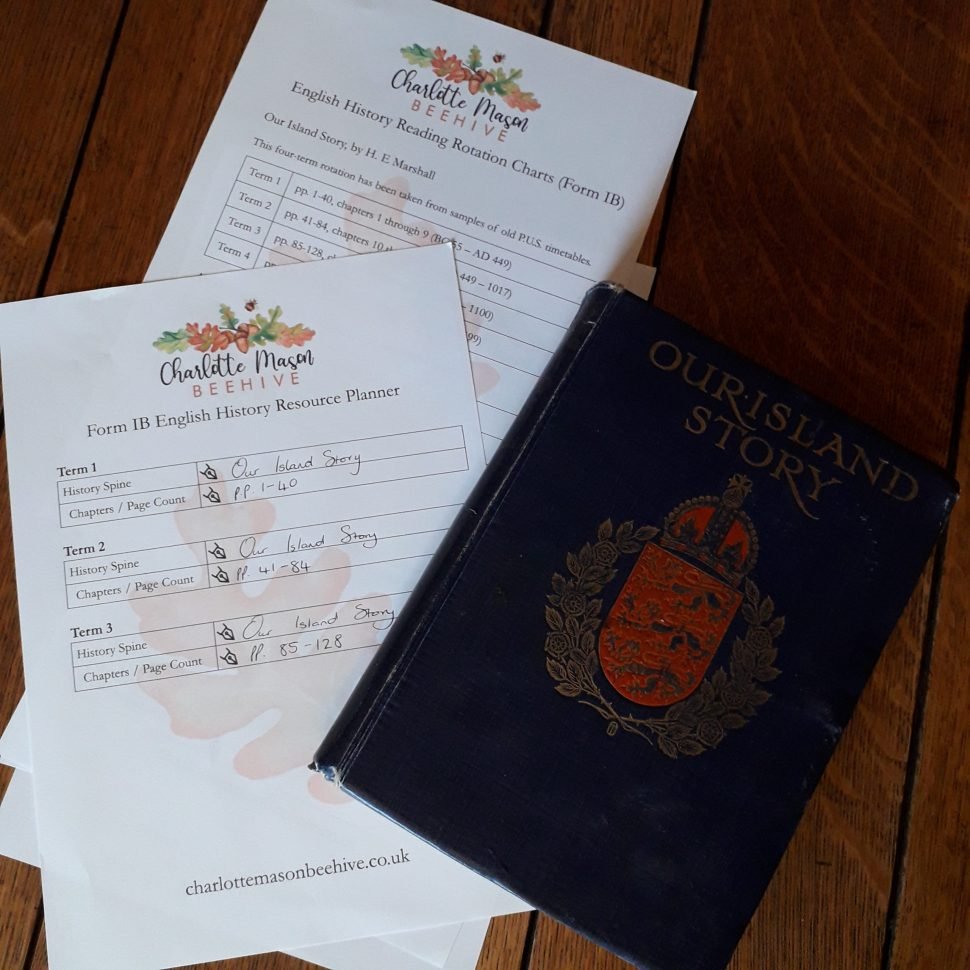Author Archives: admin
Note.–– The following extract has been taken directly from volume 1, Home Education, by Charlotte M. Mason, pp. 309-311. Objects 1. To continue the series of Landseer’s pictures the children are taking in school. 2. To increase their interest in Landseer’s works. 3. To show the importance of[…]
To help visualise historical events in their respective time period, Charlotte Mason suggested making use of timelines or date charts. Although none of these charts were specified as required work on the programmes, they were mentioned elsewhere and we believe them to be suitable for Form I students.[…]
Scheduling 2 × 20 minute lessons per week. The second lesson is optional. The P.U.S. programmes state that “A second lesson to be taken on Saturday, 9.20-9.40, otherwise pages read with omissions,” so should the teacher decide to schedule just one lesson a week then she may find[…]
“For the matter for this intelligent teaching of history, eschew, in the first place, nearly all history books written expressly for children; and in the next place, all compendiums, outlines, abstracts whatsoever […] Let a child have the meat he requires in his history readings, and in the[…]
“The child should speak beautiful thoughts so beautifully, with such delicate rendering of each nuance of meaning, that he becomes to the listener the interpreter of the author’s thought.” [Vol. I, p. 223] Scheduling 3–4 × 10 minute lessons a week.1 Generally speaking, one recitation passage2 would be[…]
Except in Form I the study of Literature goes pari passu with that of History. [Vol. VI, p. 180] In Form I, Literature is known as ‘Tales’, and is a gentle introduction to the art of reading and narration which will form a large part of school lessons.[…]
Students in the first form (age 6-8) spent just two and a half hours in morning lessons, including half an hour for drill and games. The morning ordinarily ran from 09:00 – 11.30 each day, six times a week. The lessons were usually1 between 10 and 20 minutes[…]
We are so excited to announce the new release of The Counties of England, by Charlotte Mason. First published in 1881, Charlotte Mason’s third geography book takes the reader on a journey through Victorian England county by county, with a narrative enriched by a mixture of fact, folk[…]
A Short History When the Parents’ Union School1 (P.U.S.) was founded in the late nineteenth century Charlotte Mason sorted the students into four classes based on their age. Class I and Class II were further distinguished by the letter A for the youngest in the form and the[…]
Last Updated: 20 May 2021 Hello everyone, I am so excited to welcome you to my own little corner of this virtual world. Thank you for joining me. It is my hope that you will find the information contained here to be helpful and of good value. But[…]













